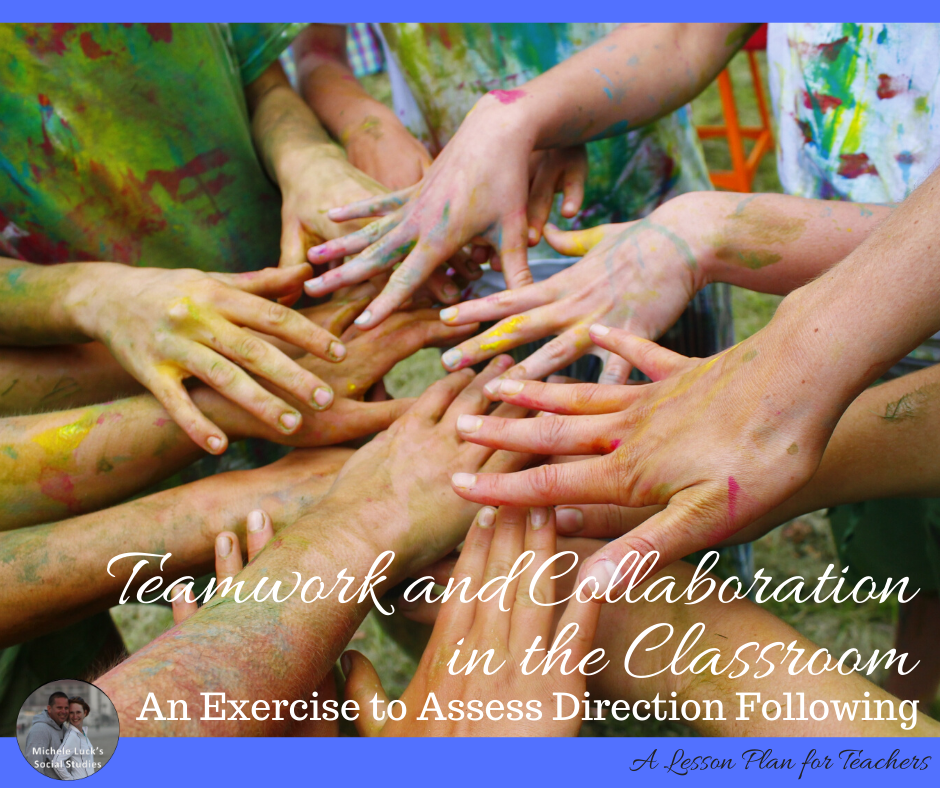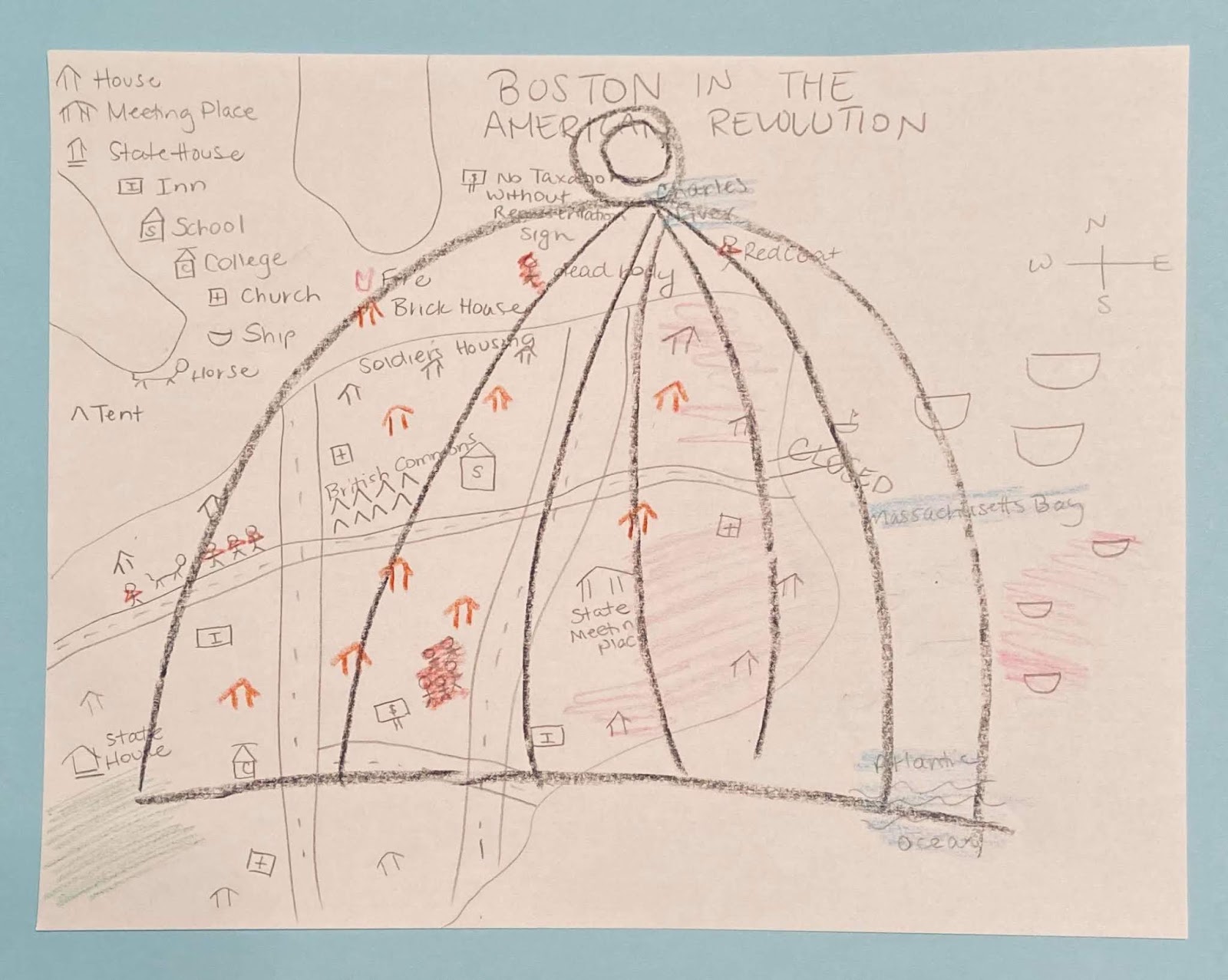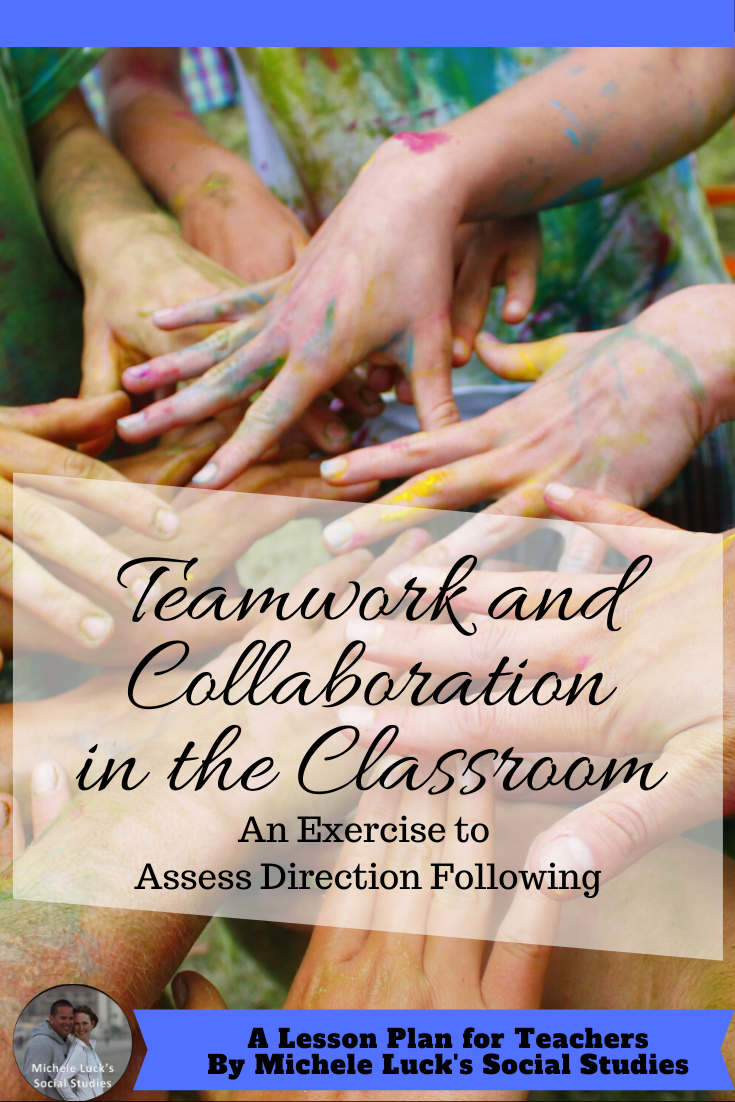How do you feel when a hundred different directions are thrown your way? Maybe your principal comes into your classroom after a stressful class period, listing off five things to-do within the next week? Or a student asks questions about an upcoming assignment, in rapid-fire succession? Or even in your personal life, a significant other lists off the grocery list quickly and without repetition, leaving you scrambling to capture the necessities on a scrap piece of paper?

Our brains are hard-wired for processing, and our students spend much time in elementary, middle, and high school developing and improving upon these processing skills. However, we often enjoy the luxury of slowing things down, repeating them, rereading them, or asking for clarification. If this luxury is taken away, our brains overload and our sympathetic nervous system switches on. We are no longer processing information thoroughly and effectively; we’re simply cataloging and sorting as quickly as our brains are able, often missing key information.
Now imagine if you put your significant other on speaker phone while he or she rattles off the grocery list. Your children each have a pen in hand, a notebook at the ready. Your youngest turns on a cell phone recording so you can double check their finished list. They capture the list without missing a single item, and one even doodles you a silly picture to enjoy while standing in the checkout line. Your sympathetic nervous system thanks you and goes back to sleep, having woken with a start when the phone rang. You may even feel a warm and fuzzy feeling that often escapes you – sometimes, we call that relaxed!
Your students function quite the same way. Throw a ton of information at them, and they’ll shut down, experiencing an automatic overload of their brains! They probably won’t retain or understand any of it. But, if you break things down into simpler terms, give explicit directions, and provide clarification, they’re much more likely to absorb the information at hand.
Sometimes, though, it may be important to kick their sympathetic nervous systems into high gear because you’re teaching them a hard-learned lesson.

For instance, imagine the year is 1760 and we are in the American colony of Massachusetts. The scene begins in the harbor city of Boston.
Immediately, your mind probably transports you elsewhere, and you hone in on your new location and era. However, you not only want your students to learn about a moment in history, but you want them to experience it. A true Social Studies lesson is one that leaves an impact beyond that of a textbook quiz or multiple-choice standardized test. Impactful Social Studies lessons transport one’s mind, but also one’s heart. By enticing a fight or flight reaction from your students, they’re likely to feel the impact of the lesson.
Since this heightened sense of arousal clashes with the need to capture details and mass information, students may feel conflicted and check out. By employing the teamwork and collaboration of their classmates, just like the pencil-armed offspring in the earlier example, your students can work together to relieve the stress of the situation, adequately capturing the information at hand while still feeling the “stress” of the situation in which you’ve input them.
Now, it should be said that we don’t want to intentionally stress our students out – at least, not regularly and not without a purpose. But, when teaching students about important historical events that have an emotional impact, a little fuel on the fire may inspire students to relate to the events on a deeper level. Also, they may understand the chaos or disorder felt by those who experienced the events firsthand. Bringing this aspect of stress into the classroom helps students to feel the dire situational stressors felt by those in wartime, in oppressed cultures, in less than desirable circumstances, in a way that they otherwise may overlook.
You can take your students to that harbor city in 1760 as well, walking them through the American Revolution with little direction. Forcing them to face the chaos and disorder of the economic developments, passed legislature, and even deaths during this brutal time. By instructing your students to work together in small groups of two or three, they can work on this big paper exercise with a small dose of that cortisol increase but also the collaboration of their classmates, testing their teamwork skills and how well they follow directions all at once. Students will understand, after the fact, why the lesson was presented in such a rushed manner. And hopefully, they’ll take away a bit of that empathy within the lesson.

Try the American Revolution Drawing Game in your classroom for a multi-faceted lesson plan on the history of the American Revolution, teamwork and collaboration skills, and direction-following. You give rapid-fire verbal descriptors to your class, instructing them to capture the city of Boston on a freehand map, like the one pictured above – with no repeats or clarification! See how well they work together to test their listening and processing skills.
Happy Teaching!
